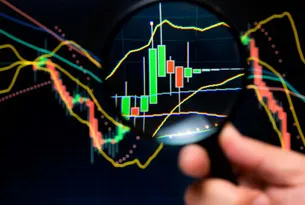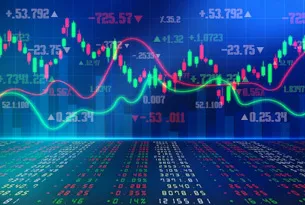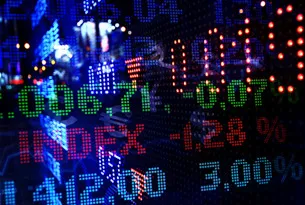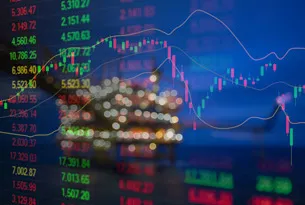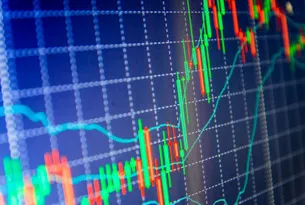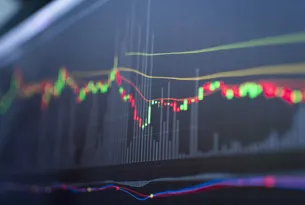Even seasoned professionals struggle with essentials like trade management, psychology, and more, says Mike Toma, telling how he responds in order to keep an edge in the markets.
It’s common to talk about beginner mistakes in trading, but pros have trouble sometimes, too. Our guest today is Mike Toma to talk about that.
Mike, you would think that once seasoned veterans in this industry get past a certain point, they wouldn’t have any more trouble trading, but that’s not the case.
Not the case, no, we have a lot of struggles. It’s a struggle for us too. We’re always continually learning.
You know, me personally, I’m far from perfect. I try to focus on 100% plan compliance; am I trading my plan effectively? As a more seasoned person, I’m not going to make those sort of mistakes like going on tilt or making some rookie mistakes, but there are a lot of things I’ll do crazy.
I’m always frustrated, for one, about my exits. You can never seem to get that perfect exit. If you’re leaving money on the table, or maybe you should have taken it a little earlier, it’s always frustrating. You get better and better at it, but for me personally, it’s just one of those things where I just never seem to get that pinnacle point where I just hit that stop perfectly.
What do you do to try to improve that discipline?
It’s really just looking at my trade journals to make sure I’m taking the optimum target in that particular example. For me, that’s plan compliance; that’s what I’m talking about.
On paper its fine; it’s just a frustrating thing because I’ve been doing this for some time now and you always seem to have that challenge there.
The other things that I see a lot of traders have challenges with is they do really well in their profit and loss (P&L), but they have difficulty managing their business as a trader. Maybe it’s their accounting or record keeping, but when it comes tax time, it’s a big pile of folders and they don’t know what to do with it.
Also, Tim, sometimes I get a little bored with trading. Some of the new traders have that spark and injection about going to the casino and pushing buttons and making millions by buying and selling.
It’s really a job, and it’s a very hard job to do. It takes a lot of hours, a lot of discipline, and really a lot of patience. When you’re sitting there all day waiting for your set-up and sometimes it doesn’t happen, it gets kind of boring.
That’s why I like coming to the Traders Expos, talking to professional traders like yourself, and just really giving me that extra charge to get back to the screens.
More: Attend an Upcoming Traders Expo
What are you doing personally to try and take your trading to the next level?
You get to a certain area and you’ve met some goals, but we can always improve. Anything you’re doing right now to kind of take your trading to that next level?
I’m a risk manager by trade, so I’m always looking for things to encase my particular product. My set-ups don’t seem to work for the ES futures, which I sort of specialize in. I’m looking at forex products, gold markets, commodities that are sort of hot now, but I’m also looking at it from a risk perspective.
The markets change. They’re always moving in different directions. Maybe my set-ups won’t work in the futures markets a year from now or six months from now. Maybe they’ll be working fine, but maybe just my discipline or patience isn’t there.
I need to find something that invigorates me, and that sometimes is a new product or new strategy. I’ve been doing it for a long time, but we’re continuously learning.
The developmental curve never stops. You could ask professional traders; even ask professional golfers, they’ll say the same thing. Once you stop development, game over.
What’s the difference between if you have four or five trades in a row that don’t go your way versus knowing that you really need to make an adjustment and it’s not just a short-term hiccup.
Yeah, it’s sometimes challenging. Four or five trades in a row, I know when I’m using my trade journal management and historical values, I’m not going to look at that as a big enough sample to say, "You know what, this is fine."
I really try to trade like a robot, and if I know my set-up works "x" percentage of the time, I have that edge. I’m going to use it as a long-term series, 25, 30, 50 trades.
When it doesn’t work, what I do is I immediately after so many losses pull back in size. If I find out it’s not going to work, I’m doing it a much lesser size, so it’s not really going to affect the risk of my trades or business.
After that first series, I do put myself on alert, and I want to make sure I’m being very selective in how I enter those trades and also how I manage them. Again, if they’re continuing to work consistently, the P&L will show that.
Related Reading:




















